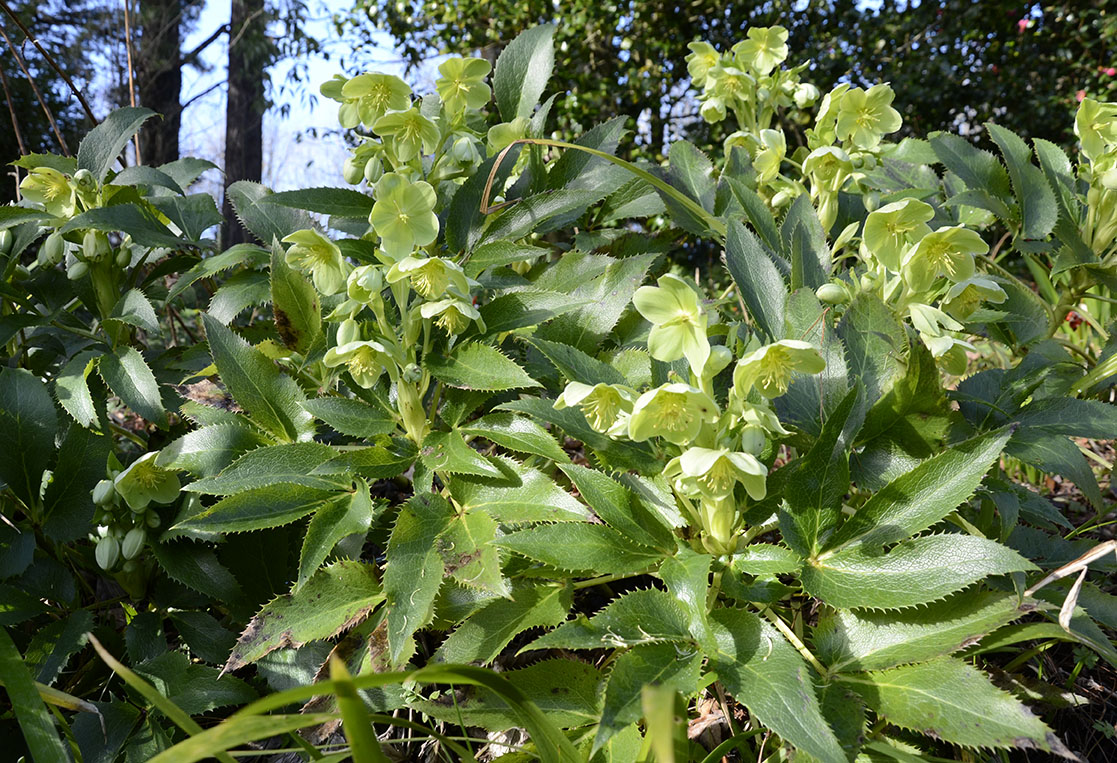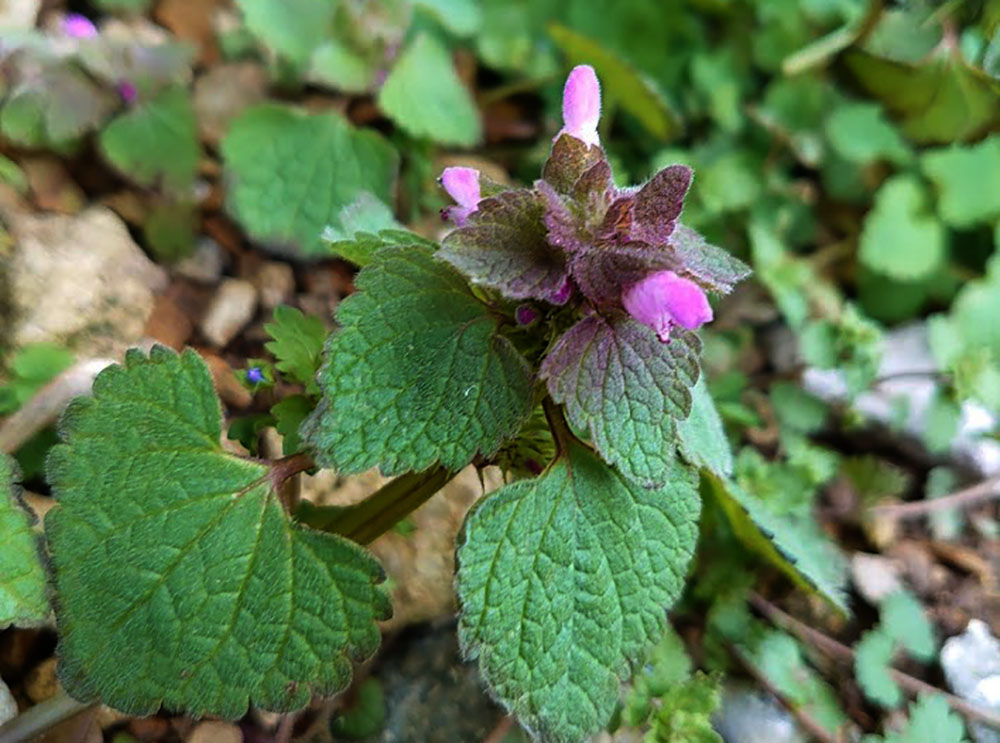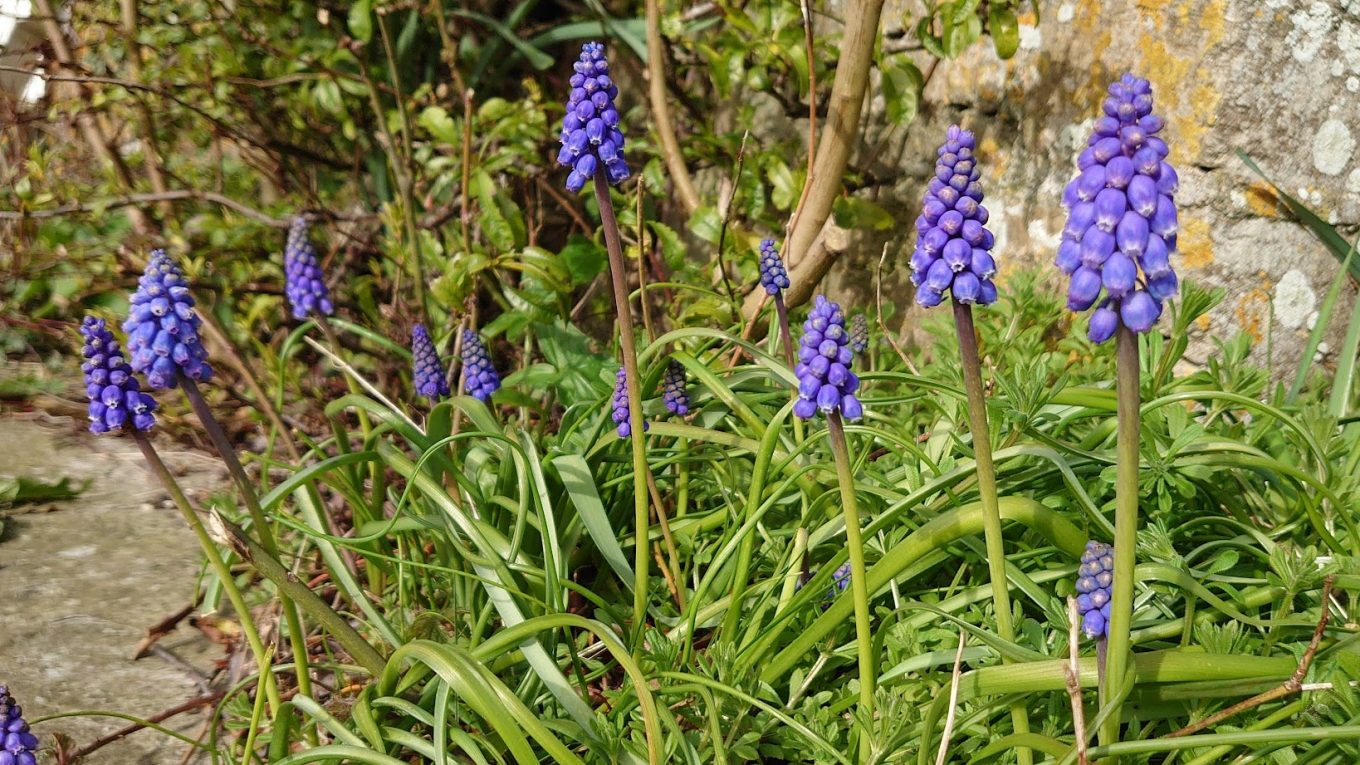Why we need floral diversity in our gardens all year round – and that includes weeds!
Our gardens are important wildlife refuges and to sustain a healthy insect population in our gardens and allotments, we need a wide diversity of flowers for as much of the year as possible. Read on to find out about my garden survey and why we need weeds in our gardens.
Our gardens are at their most diverse in terms of flowers in late spring and summer but what about late winter? Many insects are active on a warm winter’s day and they need food sources so we need to provide for these early pollinators and predators. We can do this by making sure we have a range of early flowers – grape hyacinths, snowdrops, sweet box, and hellebores for example.

Early flowers are important for controlling insect pests in the garden too. I want to make sure that there are plenty of insect predators – parasitic wasps, hoverflies, ladybirds etc – around early in the season to tackle the aphids and greenfly so their numbers do not get out of control, I need to provide plenty of food bribes early in the year. to make sure they hang around my garden.
It’s not enough to have wonderful displays of daffodils and snowdrops. We need lots of different types of flowers – open topped, compound, tubular etc since insects have different types of mouthparts, each suited to a different type of flower. Butterflies with their long mouthparts can reach deep inside a tube-shaped flower but a predator, such as a hoverfly, prefers more open flowers.
With this in mind, I thought it would be an interesting project to monitor the number of different flowers in my walled garden through the year. So when the sun popped out I did my first survey and its interesting to see how important weeds are!
In flower in my garden in February were: daffodils / narcissi, snowdrops, grape hyacinth, sweet box (Sarcococca), Japanese flowering quince, hazel (wind pollinated, but bees forage on the pollen), winter jasmine, euphorbia, hellebore, primrose (naturalised), red dead nettle, common groundsel, bittercress, shepherds purse, speedwell, daisy and chickweed.
A total of 17 different flowers which differ in floral structure too. And 7 were ‘weeds’ so my floral count would be so much lower in a tidy garden. These weeds have a role to play too as their flowers are visited by insects. For example, the lovely red dead nettle with its tiny tubular flowers is a favourite with mason bees and bumble bees., while the low growing speedwell with pretty blue flowers is liked by solitary bees too.

So when you see lots of weeds appearing at this time of year, think about their flowers. Can you let them flower and then remove them before they set seed? Can you live with a few weeds? If you can, you may find that the diversity of insects in your garden improves.
.




